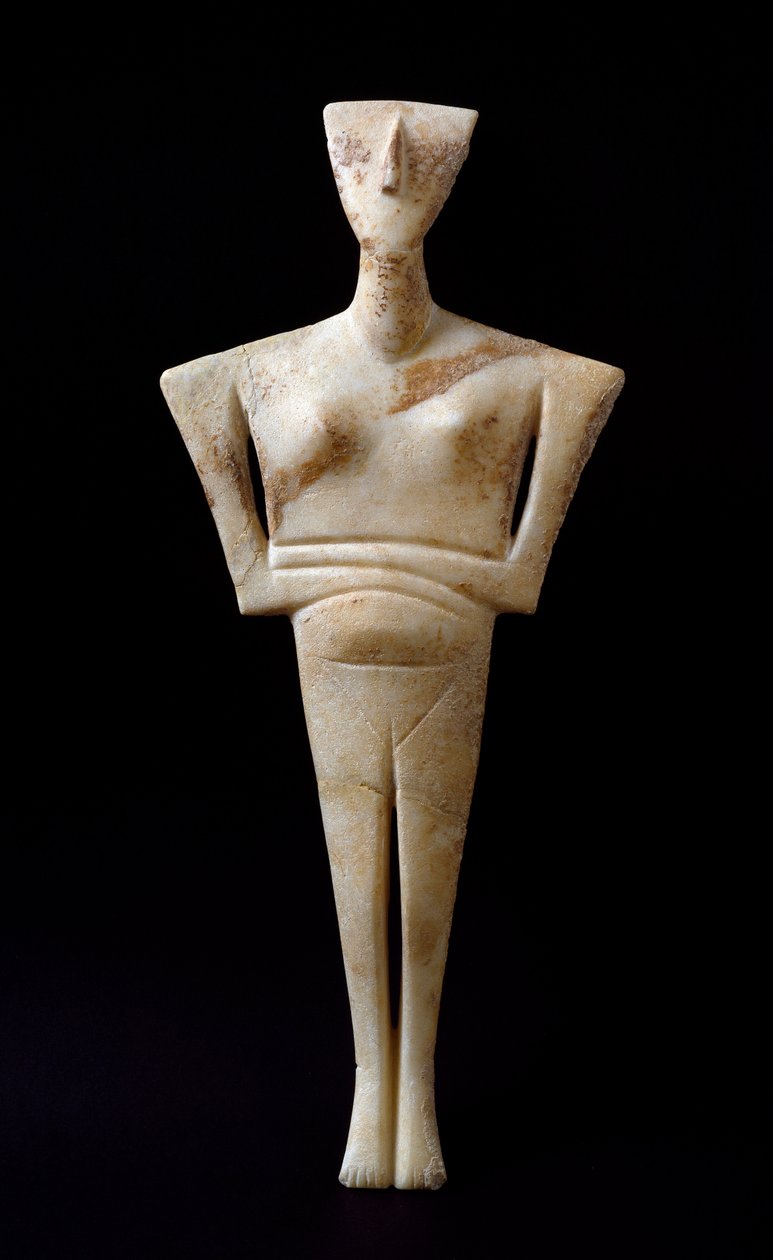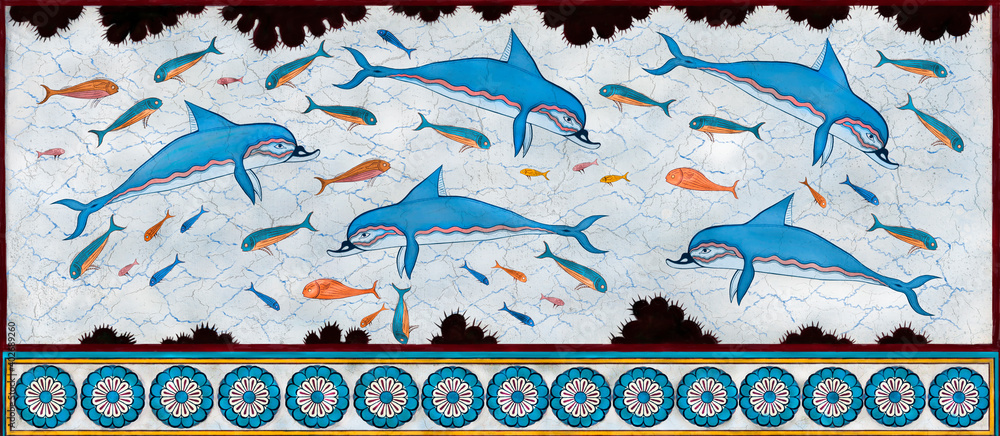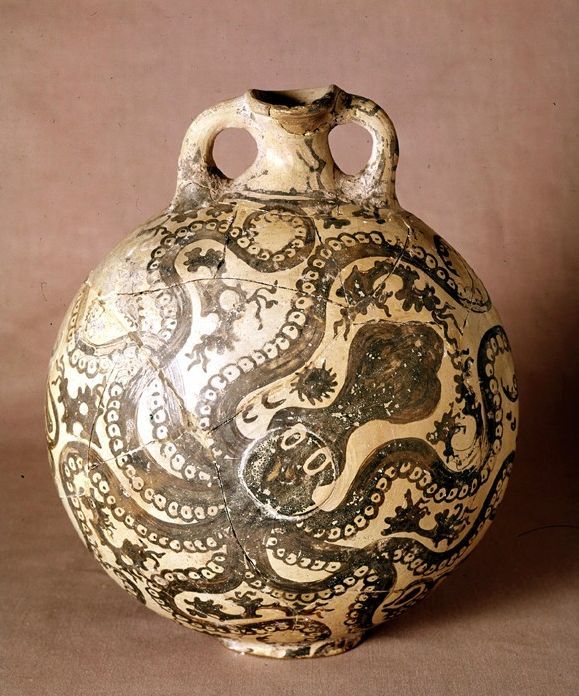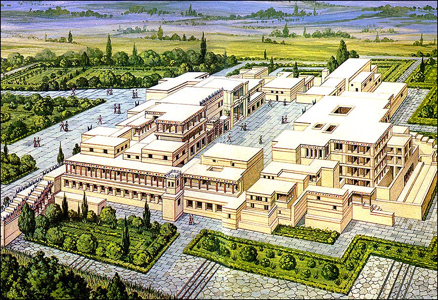Lecture 6: The Prehistoric Aegean
1/15
There's no tags or description
Looks like no tags are added yet.
Name | Mastery | Learn | Test | Matching | Spaced |
|---|
No study sessions yet.
16 Terms
Folded-Arm Figurine
Arms folded across the chest, typically the left over the right
True fresco
Painted onto wet plaster
Much more difficult, has to work quickly, incredibly durable, bright vibrant colors
Minoans used true fresco
Secco fresco
Pigment painted onto dry plaster
Vasiliki ware
Minoan pottery
Distinctive mottled surface of black, red, and brown created by uneven firing and the controlled use of carbon during the firing process
Kamares ware
Minoan pottery from Crete
Polychrome
Multiple colors
Rhyton
Horn-shaped head of an animal/human figure
Light-well
Huge
Purpose: light and ventilation for buildings
If you get Minoan palace on a test mention this
Lustral basin
Steps leading to subterranean area
Gypsum plaster
Thought to be basins for ritual cleansings
Pier and door partitions
Separated by openings
Way to let light and air into the palaces
Openings remained uncovered to let light and air in
Courtyard
Function: connect important parts of the buildings
Accessible from outside
Ashlar masonry
Fit into place to form monumental wall
After Bronze Age collapsed, technology to build these was lost
Ritual complexes formed around these

Figure of a Woman
This piece was made during the Late Neolithic era. It is an example of a folded-arm figurine and is abstract. These figurines were found in grave/ritual settings and settlements. They were found purposefully broken and the destruction could’ve been important to ritual context. Some features are: curvy, odd shaped head, pronounced nose, painted facial features, displayed standing up.

Dolphin Fresco
The fresco comes from Knossos and is an example of both secco and true fresco. The style is naturalistic. There are no registers and the composition fills the entire space. It is a Minoan piece which all Minoan frescos we have, have been fixed because they’d fall off the walls.

Marine Style Flask
This is a Minoan ceramic vessel from Crete. It was created from around 1500-1450 BCE. It is dynamic and has realistic depictions of sea creatures that wrap around the vase. The flask emphasizes how the Minoans were known for animal pictures and natural worlds (depicted in naturalistic styles).

Knossos Palace
The palace had court-structured buildings and ritual areas. The residential areas had bathrooms with flushing toilets which shows the level of advancement. There was limited accessibility with only 4 entrances (one on each side). The building was destroyed in 1314 BCE.